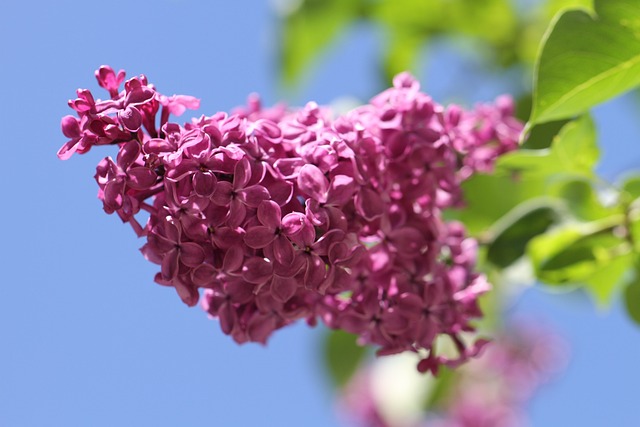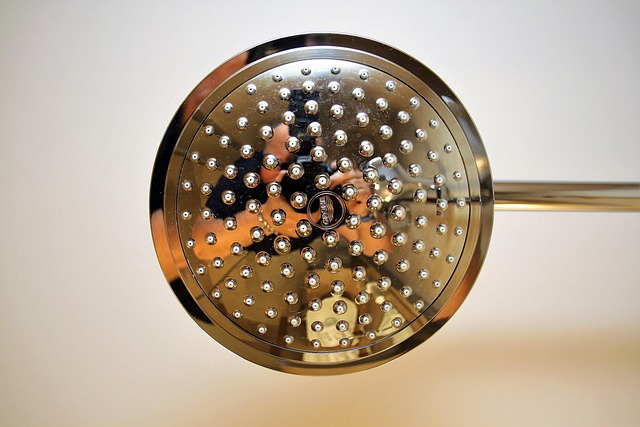
Flowering Shrubs
Introduction to Flowering Shrubs
Flowering shrubs are an essential component of garden design, providing color, structure, and seasonal interest. These versatile plants can serve various purposes, from creating hedges to acting as focal points in landscape designs. With a wide range of species available, gardeners can enjoy blooms from early spring through late fall and even into winter.
Benefits of Flowering Shrubs
Incorporating flowering shrubs into a garden offers several benefits:
- Visual Appeal: The vibrant flowers and lush foliage enhance the aesthetic value of any garden.
- Seasonal Interest: Different varieties bloom at various times, ensuring that the garden remains colorful throughout the year.
- Wildlife Habitat: Flowering shrubs can attract pollinators such as bees and butterflies, supporting local ecosystems.
- Privacy and Structure: They can be used to create natural barriers or define spaces within a garden.
Popular Flowering Shrubs
Here are some notable flowering shrubs that can enhance your garden:
1. Camellia
Camellias are known for their stunning rose-like blooms, which come in shades of white, pink, and red. They are particularly valuable in winter gardens, as they bloom when many other plants are dormant. Camellias thrive in zones 5-9 and prefer partial to full shade.
2. Forsythia
Forsythia is celebrated for its bright yellow flowers that herald the arrival of spring. The blooms typically last for one to two weeks, creating a striking display. This shrub can grow in a variety of conditions and is often used for its cheerful color and rapid growth.
3. Flowering Quince
Double Take® Peach flowering quince is another attractive option. This shrub produces vibrant peach-colored flowers and can be used for hedging or as a standalone feature. It is adaptable and can thrive in various soil types.
Choosing the Right Flowering Shrubs
When selecting flowering shrubs for your garden, consider the following factors:
- Climate Zone: Ensure that the shrubs you choose are suitable for your local climate. Most flowering shrubs have specific hardiness zones.
- Sunlight Exposure: Determine how much sunlight your garden receives and select shrubs that match those conditions, whether partial or full shade.
- Mature Size: Consider the mature size of the shrubs to ensure they fit well within your garden space.
- Bloom Time: Choose a variety of shrubs that bloom at different times to maintain continuous color in your garden.
Care and Maintenance
Proper care is essential for the health and longevity of flowering shrubs. Here are some maintenance tips:
- Watering: Regular watering is crucial, especially during dry spells. Ensure that the soil drains well to prevent root rot.
- Pruning: Prune shrubs to maintain their shape and encourage healthy growth. The best time to prune varies by species.
- Fertilization: Use a balanced fertilizer in the spring to promote vigorous growth and blooming.
- Pest Control: Monitor for pests and diseases, and take appropriate measures to manage any issues that arise.
Conclusion
Flowering shrubs are a valuable addition to any garden, offering beauty, structure, and ecological benefits. By selecting the right varieties and providing proper care, gardeners can enjoy a vibrant and dynamic landscape throughout the seasons.

















 Worcester 24i Junior Boiler Not Firing Up
Worcester 24i Junior Boiler Not Firing Up 
 Health
Health  Fitness
Fitness  Lifestyle
Lifestyle  Tech
Tech  Travel
Travel  Food
Food  Education
Education  Parenting
Parenting  Career & Work
Career & Work  Hobbies
Hobbies  Wellness
Wellness  Beauty
Beauty  Cars
Cars  Art
Art  Science
Science  Culture
Culture  Books
Books  Music
Music  Movies
Movies  Gaming
Gaming  Sports
Sports  Nature
Nature  Home & Garden
Home & Garden  Business & Finance
Business & Finance  Relationships
Relationships  Pets
Pets  Shopping
Shopping  Mindset & Inspiration
Mindset & Inspiration  Environment
Environment  Gadgets
Gadgets  Politics
Politics 